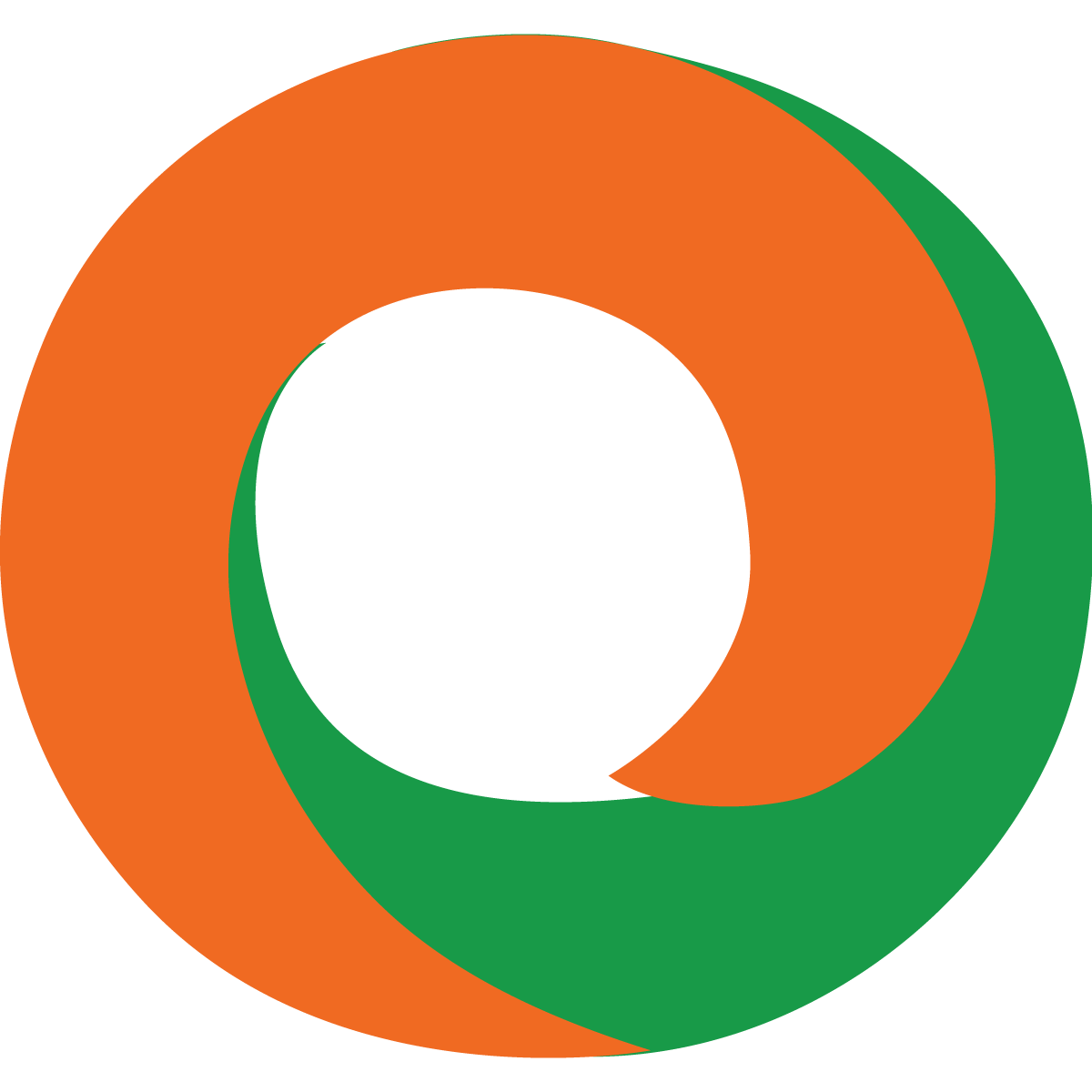Trademark Class 13: Firearms, Ammunition, and Related Products
07 Apr, 2025

 By Online Legal India
Published On 07 Apr 2025
Category Trademark
By Online Legal India
Published On 07 Apr 2025
Category Trademark
Trademark classification is an essential part of the trademark registration process, helping businesses and legal professionals categorize trademarks based on the goods and services they represent. The Nice Classification (NCL), established under the Nice Agreement (1957), divides trademarks into 45 distinct classes: Classes 1-34 cover goods, while Classes 35-45 cover services.
Among these, Trademark Class 10 pertains specifically to Surgical, medical, dental and veterinary apparatus and instruments, artificial limbs, eyes and teeth; orthopedic articles; suture materials. This class is crucial for businesses in the medical and healthcare industry who are seeking legal protection for their brand names, logos, or slogans related to medical devices.
Trademark Class 10 includes medical and veterinary apparatus and instruments, along with artificial limbs, eyes, and teeth, orthopedic articles, and suture materials. It plays a significant role in protecting brands that manufacture and sell medical equipment used for treatment, surgery, and diagnosis.
Scope of Class 10
This class covers products and devices designed for human and veterinary medical care. It includes:
Businesses in this field must register their trademarks under Class 10 to protect their brand identity and prevent competitors from using similar names.
Class 10 includes a wide range of medical and surgical equipment. Below is a detailed categorization:
1. Surgical and Medical Instruments
2. Dental and Veterinary Equipment
3. Artificial Limbs, Eyes, and Teeth
4. Orthopedic Articles
5. Suture Materials and Surgical Threads
6. Medical Diagnostic and Monitoring Devices
7. Medical and Patient Care Equipment
8. Rehabilitation and Physiotherapy Equipment
All those classifications goods/ products are listed under each verticals not limited to what are mentioned here. Contact online legal India to get the best guide.
Not all medical-related products fall under Class 10. The following categories belong to different trademark classes:
If a company manufactures both medical devices and pharmaceutical products, they may need to register trademarks under multiple classes.
Registering a trademark under Class 10 provides several advantages:
1. Brand Protection
A registered trademark prevents competitors from using similar names, ensuring that your brand identity remains distinct.
2. Legal Rights and Ownership
Trademark registration grants exclusive ownership and legal rights to use the brand name or logo.
3. Market Credibility
A registered trademark establishes credibility and trust among customers, suppliers, and investors in the medical field.
4. Business Expansion and Licensing
Trademark registration allows businesses to expand into new markets and license their brand to other companies.
5. Protection against Counterfeiting
With a registered trademark, companies can take legal action against counterfeiters selling fake medical products under their brand name.
The trademark registration process involves the following steps:
Step 1: Trademark Search
Before applying, conduct a trademark search to check if your desired name or logo is already registered. This can be done through:
Step 2: Filing the Application
Once a unique name is confirmed, file a trademark application with the relevant trademark office. The application should include:
Step 3: Examination by the Trademark Office
The trademark office examines the application to ensure compliance with legal requirements. If any objections arise, the applicant must respond with justifications or modifications.
Step 4: Publication in the Trademark Journal
If the application passes the examination stage, it is published in the trademark journal. Third parties have the right to oppose the registration within a specified period (usually 4 months).
Step 5: Registration and Trademark Certificate Issuance
If there are no objections or oppositions, the trademark is officially registered, and the owner receives a registration certificate.
Step 6: Trademark Renewal
A trademark remains valid for 10 years and can be renewed indefinitely.
1. Similar Trademark Conflicts
Medical brands often use common terms like "Medi," "Care," or "Health," leading to potential conflicts.
2. Objections by the Trademark Office
The trademark office may object if the name is too generic or descriptive.
3. Opposition from Competitors
Competitors may oppose the trademark during the publication stage.
4. Global Trademark Issues
If a company plans international expansion, they may need to file separate trademark applications in different countries.
Conclusion
Trademark Class 10 is essential for businesses manufacturing and selling medical instruments, devices, and surgical equipment. Registering a trademark in this class ensures brand protection, legal security, and market credibility. Companies in the healthcare sector must carefully select and protect their trademarks to avoid legal disputes and establish a strong market presence.
By following the correct registration process and understanding the scope of Class 10, businesses can safeguard their intellectual property and gain a competitive edge in the medical industry. Contact Online Legal India to get fastest support to file trademark registration under class 10 or any class mandatory for your current business.